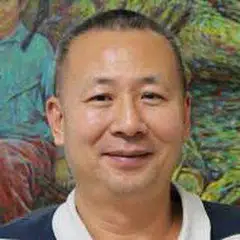[Photo story] 100 years of China-Russia relations
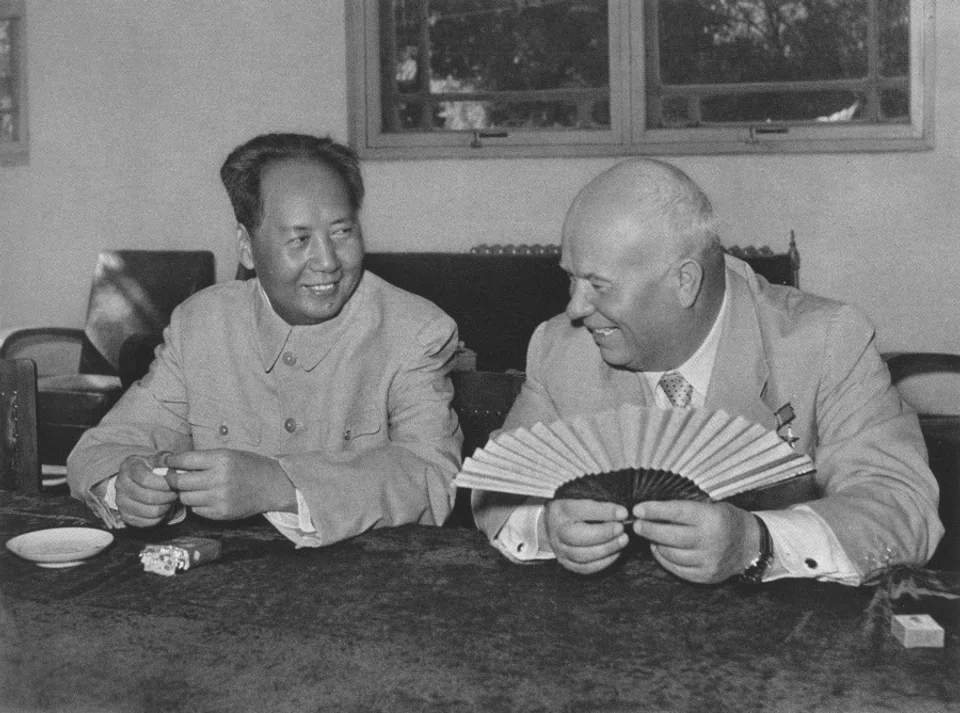
(All photos courtesy of Hsu Chung-mao.)
In 1959, First Secretary of the Communist Party of the Soviet Union (CPSU) Nikita Khrushchev led a delegation to attend celebrations commemorating the tenth anniversary of the founding of the People's Republic of China, during which he spoke with Chinese President Mao Zedong. The event should have been symbolic of the unity between the two largest communist countries as they came together to drive the communist revolution. However, the talks went south, with Mao and Khrushchev arguing as they disagreed on political styles and sovereignty. The close relations that they shared since 1949 began going downhill.
The two dimensions of Sino-Soviet relations were the relationship between the Chinese Communist Party (CCP) and the CPSU, and the historical ties between China and Russia. Following the dissolution of the Soviet Union in 1991, the CPSU was no longer dominant, so that relations between China and Russia became more long-term, with bilateral exchanges based on history, ideology, culture and geopolitics.
To begin with, there are two parts to China's long history. First, there was Inner China established by the Han Chinese. And then, there were the empires and dynasties established by ethnic minorities from the other side of the Great Wall, including the Tang, Yuan and Qing dynasties that covered vast areas, including today's Outer Mongolia, southern Siberia, Kazakhstan and part of Uzbekistan. The territory of the Chinese Empire thus overlapped with a significant part of the territory of present-day Russia in Central Asia and the Far East, with a historical memory of almost two thousand years. In contrast, the memory of Russia in the Far East today is only a few centuries old.
In the 9th century, the East Slavs - who originated from Kievan Rus - accepted the Eastern Orthodox Church under the Byzantine empire. They were later subdued by the Mongolian army, and in the 13th century became part of the Golden Horde.
Two centuries later, following the independence of the Grand Duchy of Moscow, the Tsardom of Russia was established. This tsardom began to expand towards Asia in the 16th century, and gained political power over several Mongolian tribes in Siberia. By the 17th century, Peter the Great established the Russian empire. Subsequently, Catherine II pushed for Western reform as she entered the battle for territorial supremacy in Europe.
Interaction and clashes between the Chinese and Russian empires
The power of the Russian empire peaked as it gained the most territory. This was also when the Chinese and Russian empires entered a period of interaction and clashes. Both empires were flourishing and were able to balance each other out. Yet in the mid-19th century, the Chinese empire's power started declining after the Qing dynasty's failure to counter the military attack of the Western powers. Meanwhile, Russia joined the Western powers in invading China and became one of the imperialist aggressors, the fiercest in the eyes of the Chinese.
Russia coerced the Qing dynasty to sign yet another treaty that necessitated the handover of Vladivostok and Sakhalin, east of the Ussuri River, to Russia.
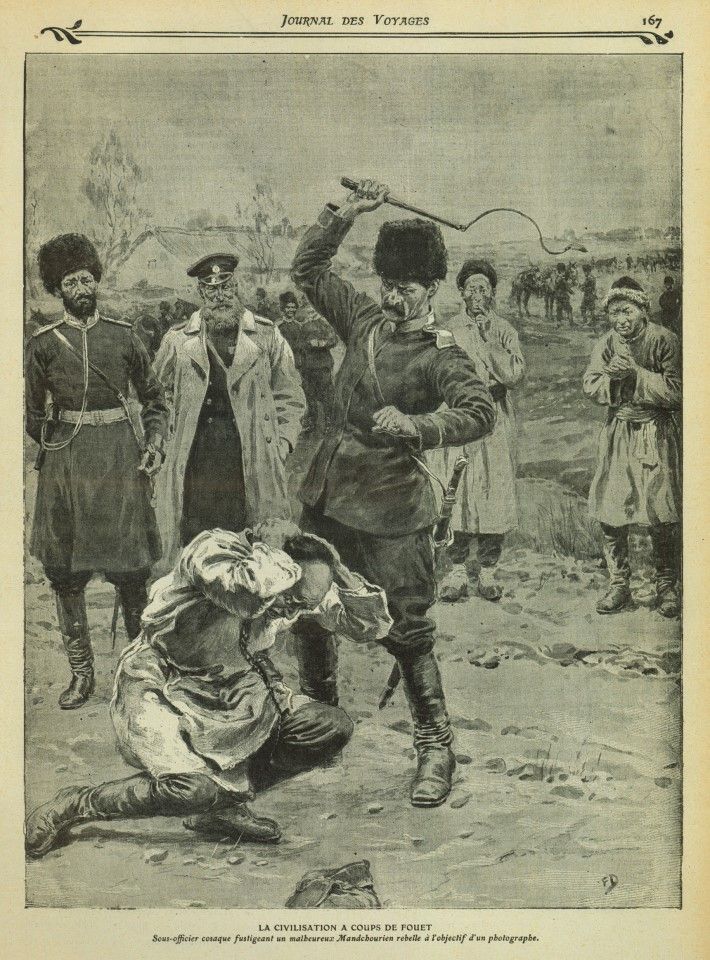

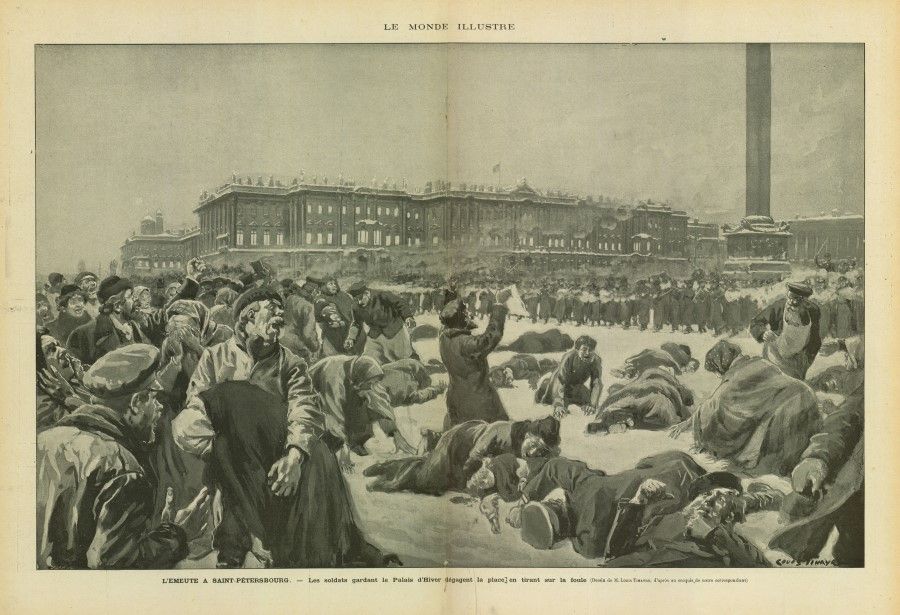
In 1860, the Second Opium War broke out. The British and French armies invaded Beijing and set Yuanmingyuan - the Old Summer Palace - on fire. With Russia's mediation, both parties signed the Convention of Peking. China had to cede Kowloon to Britain and allow foreign leasing of its coastal land, while granting inland river navigation rights, mining rights and consular jurisdiction rights to foreign powers. In fulfilling the Convention's terms, China lost much of its sovereignty.
Under the excuse of providing "successful mediation", Russia coerced the Qing dynasty to sign yet another treaty that necessitated the handover of Vladivostok and Sakhalin, east of the Ussuri River, to Russia. To put it simply, it did not take a single Russian soldier for Russia to rob China of around 400,000 square kilometres of land, equivalent to the size of California in the US. And this was only the beginning.
In 1900, the Boxer Rebellion broke out. While the Western powers formed the Eight-Nation Alliance that invaded Beijing, Russia seized the chance to occupy Manchuria. Upon the orders of the Western powers, Russia later retreated from Manchuria, but kept hold of Dalian and Lushun Port, or Port Arthur. In 1905, after the Russo-Japanese War, Russia gave up its special benefits in Southern Manchuria to Japan.
But in 1921, the Soviet Union's Red Army invaded Mongolia, defeated its occupying army and helped to establish the Mongolian People's Republic.
In 1911, the Xinhai Revolution erupted, ending the Qing dynasty. Though Outer Mongolia announced its independence, it was not internationally recognised; the international community still acknowledged China's sovereignty over Outer Mongolia. But in 1921, the Soviet Union's Red Army invaded Mongolia, defeated its occupying army and helped to establish the Mongolian People's Republic.
After the success of the Russian Revolution, the Soviet Union's announcement that it would give up the special benefits it enjoyed in China did win much favour from Chinese intellectuals, but it later became clear that after inheriting Russia, the Soviet Union constantly violated China's sovereignty and supported China's divisive forces. Unlike the sabre-rattling Japanese, the Russian aggressors often wore smiles on their faces, but were in fact the very opposite, and they were relentless. The Chinese had an extremely poor impression of Russia.
Russian Revolution a source of inspiration
Nevertheless, the Russian Revolution had a major impact on modern China. To the Chinese who had suffered much humiliation under Western imperialism, Marxism was like a light at the end of the tunnel, signifying liberation and freedom. Not only was the Chinese Communist Party (CCP) founded, but the father of the Xinhai Revolution, Sun Yat-sen, who had initially favoured the Western representative system, had also seen the true colours of hypocritical Western liberalism; the popularly elected government never stopped colonising and oppressing their colonies. Hence, Sun advocated for learning from the Russian Revolution so as to be free from the oppression brought about by imperialism and colonialism. He soon received a positive response from the Soviet government.
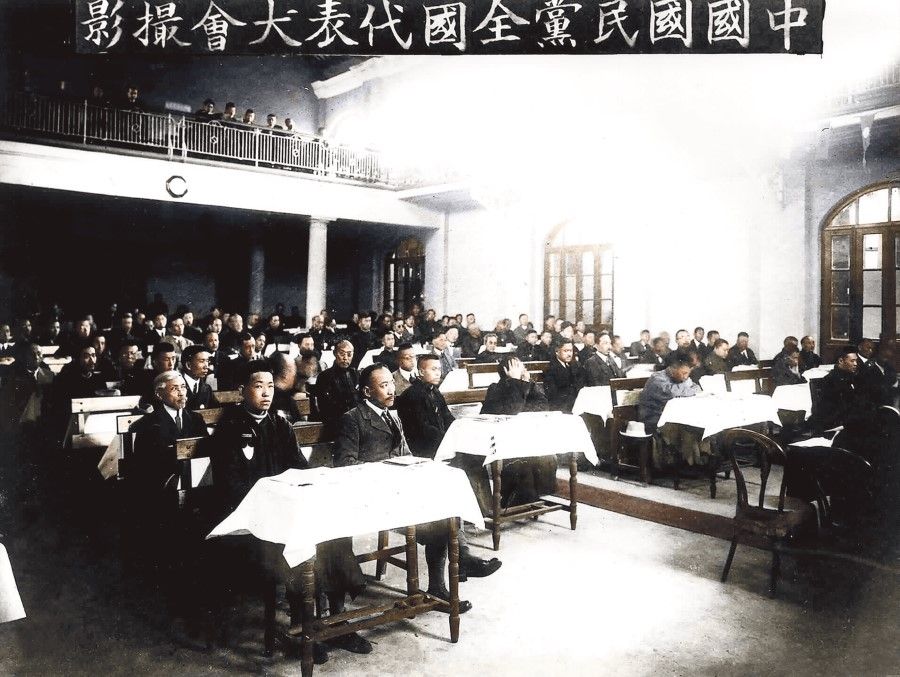
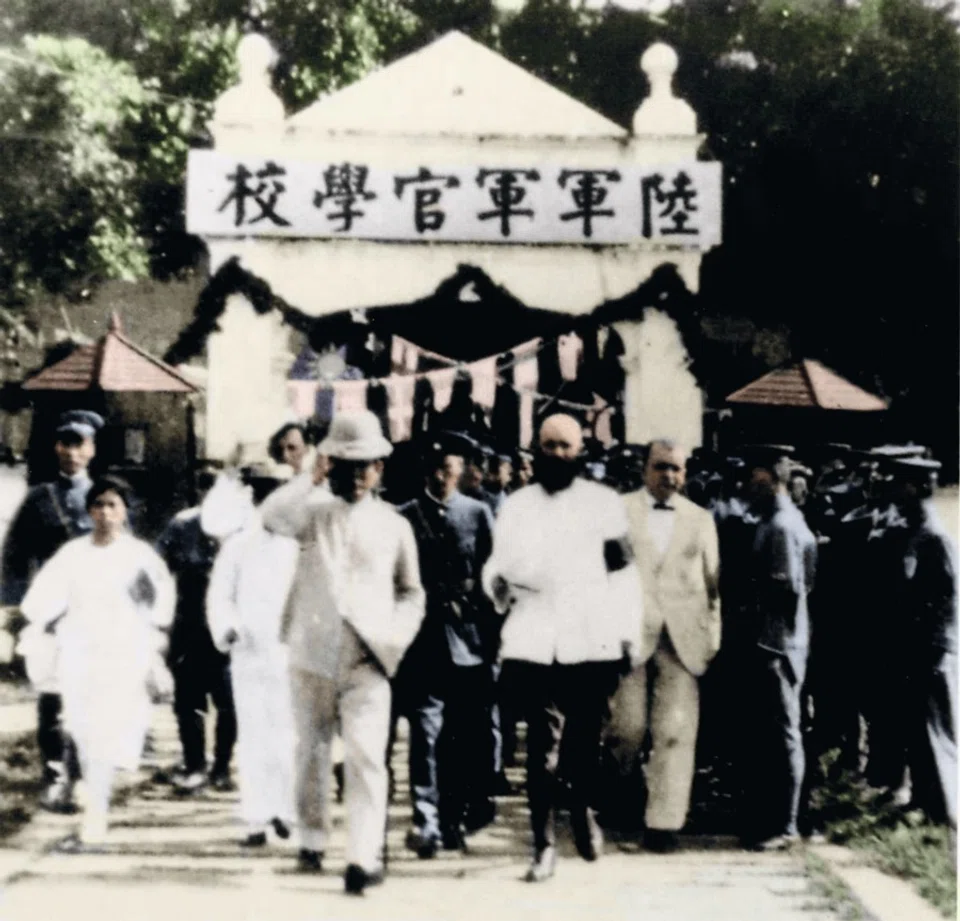

In 1924, the Chinese Nationalist Party or Kuomintang underwent reform to become a Leninist political party and held the first National Congress, before establishing the Republic of China Military Academy and the Party army. The Soviet government provided military weapons and sent in CPSU representatives, while also gathering CCP members to join the Chinese Nationalist Party.
Chiang Kai-shek even sent his 14-year-old son, Chiang Ching-kuo to the Soviet Union for his studies; he became classmates with CCP member Deng Xiaoping.
The new military leader of the Chinese Nationalist Party, Chiang Kai-shek even sent his 14-year-old son, Chiang Ching-kuo to the Soviet Union for his studies; he became classmates with CCP member Deng Xiaoping. Undoubtedly, Chiang Kai-shek not only introduced the anti-colonialism and anti-imperialism ideology into China, but also taught China how to organise a modern army, boosting the combat effectiveness of China's army.
A friend and a foe
As for the relationship between the CPSU and CCP, technically the CCP was under the Communist International, and took orders and instructions from the CPSU. However, CCP leader Mao Zedong went his own way, while Stalin made his assessments and decisions based on his own interests.
For instance, Stalin asked Mao to work with Chiang Kai-shek and support Chiang's leadership, because the Soviet Union's main enemy was Japan and Stalin believed that only Chiang could unite China, while a divided China would be weaker in standing up to Japan. Also, Stalin was quicker than the US government to support China's resistance against Japanese invasion in providing military assistance and volunteer airmen to China - however, he later made peace with the Japanese to focus on resisting Nazi troops on the Europe front.
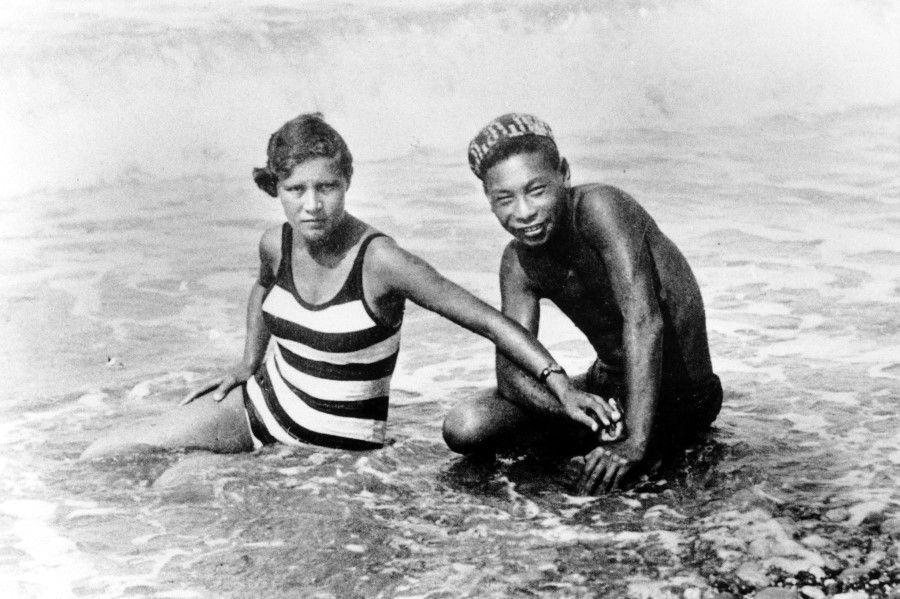
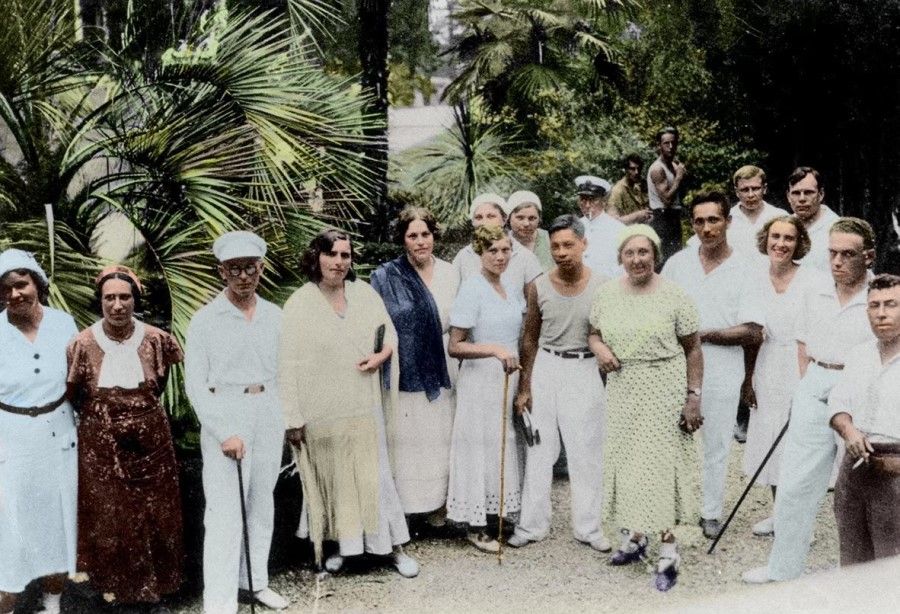
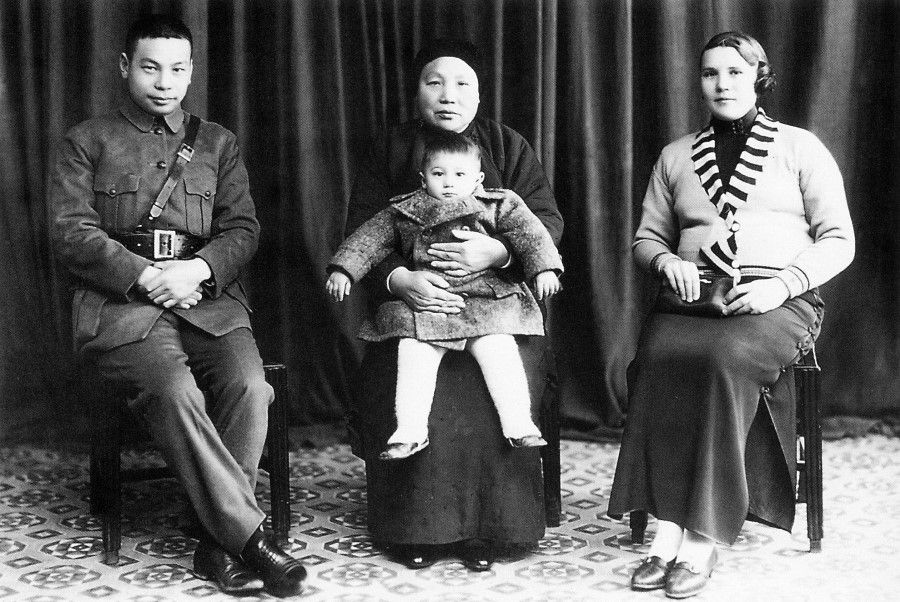
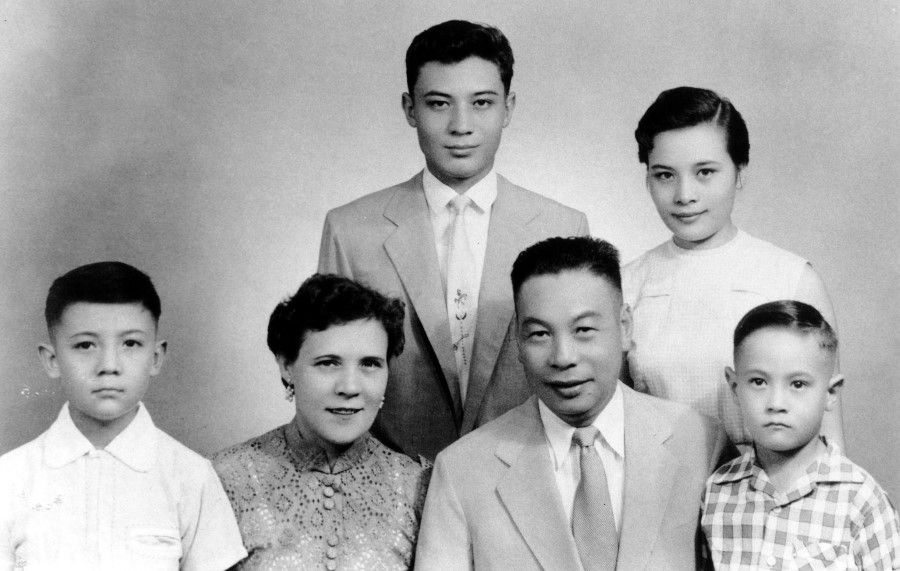

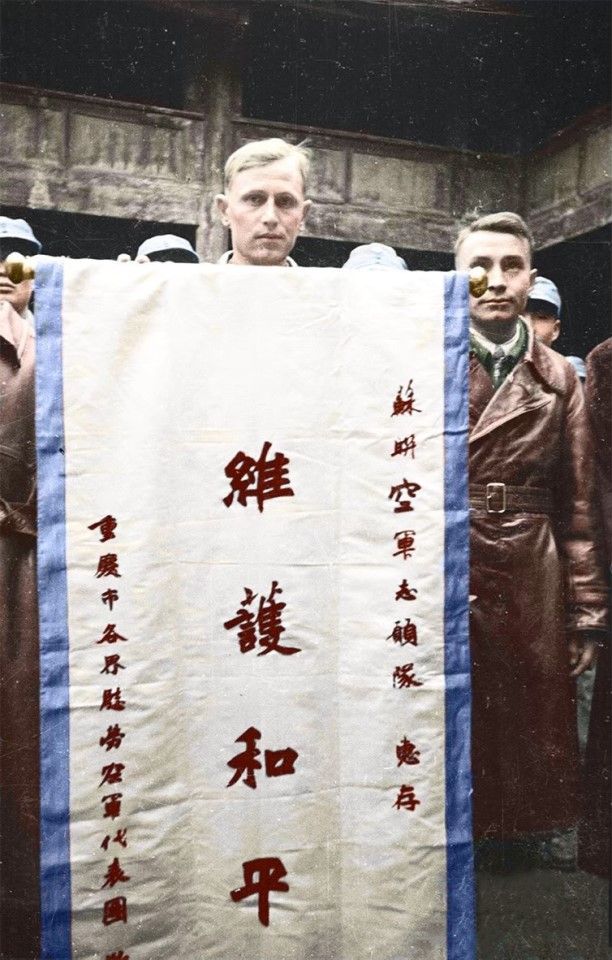
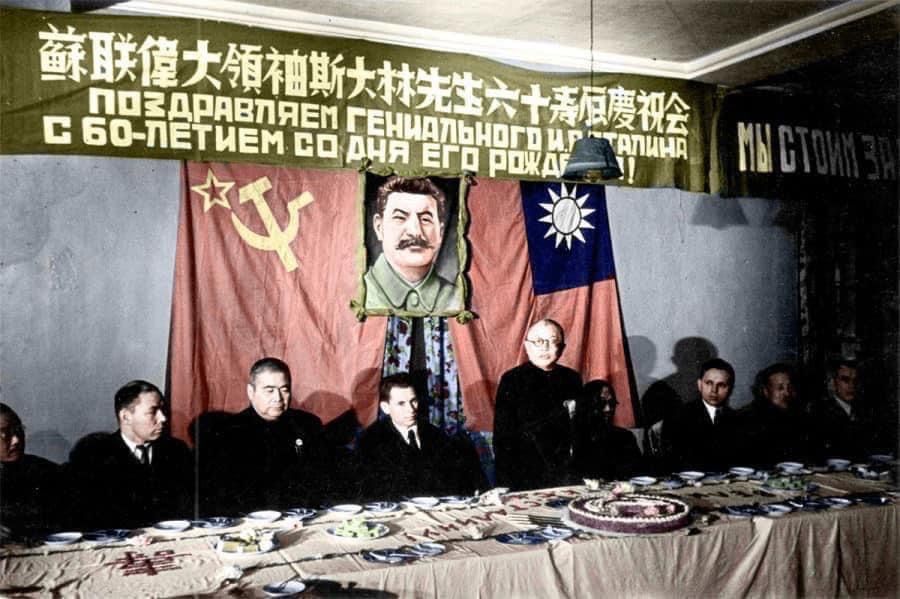
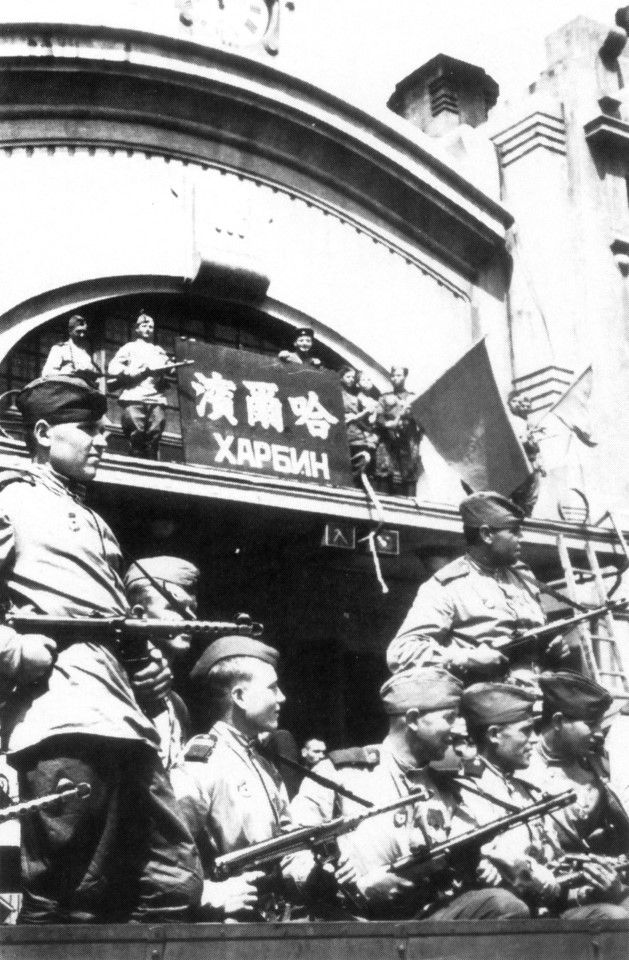
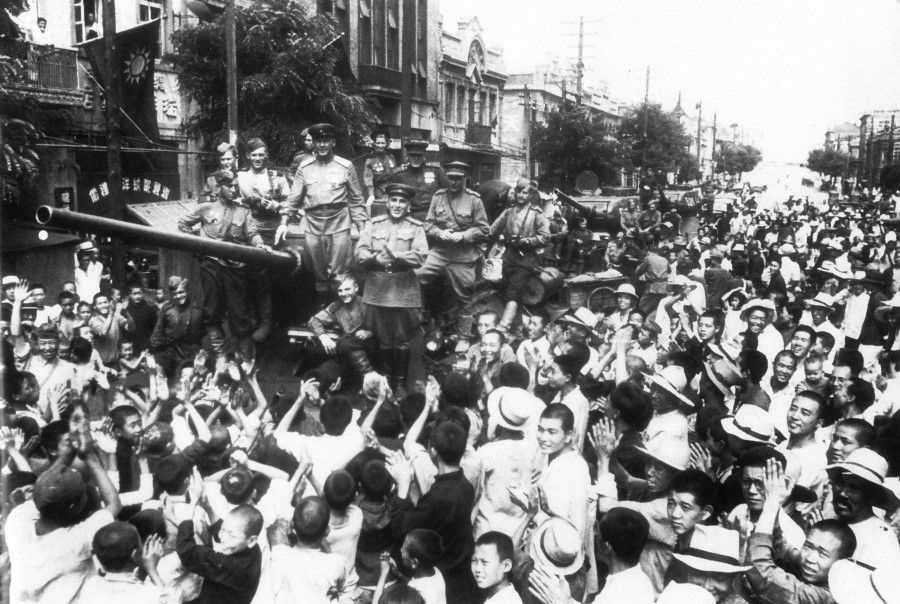
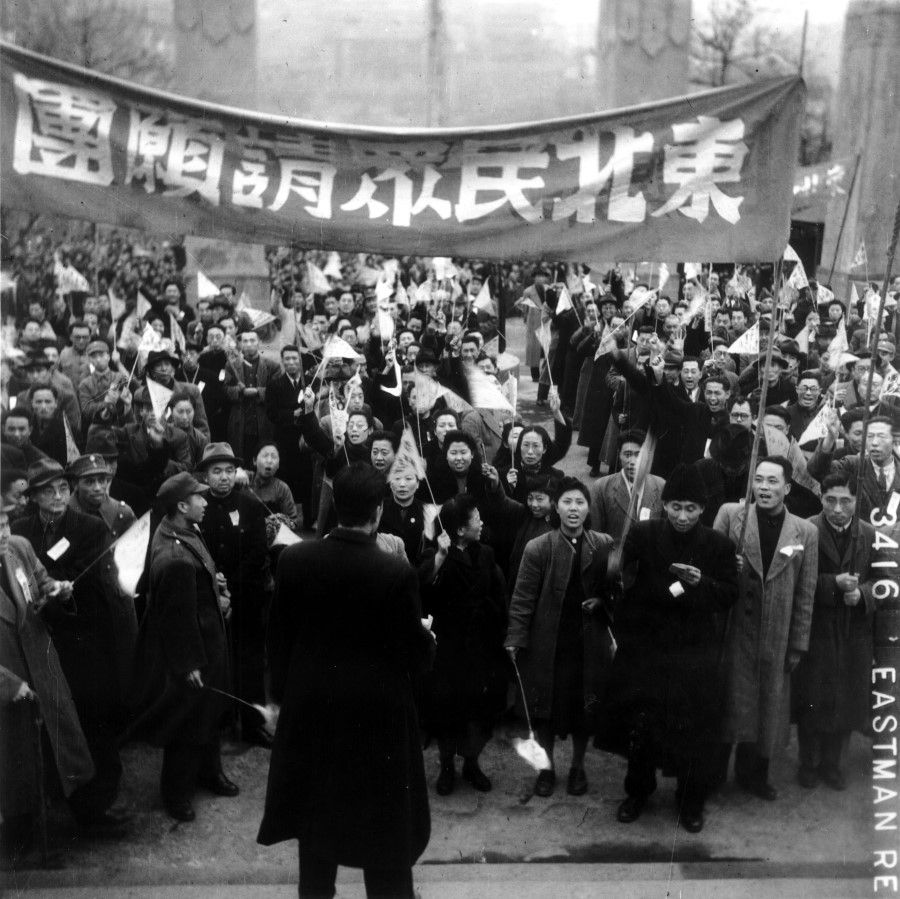
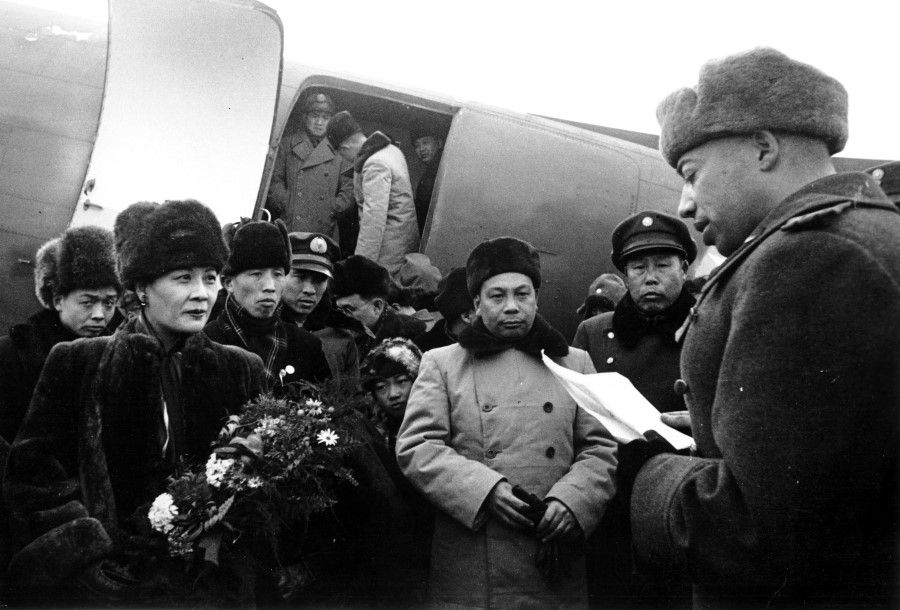
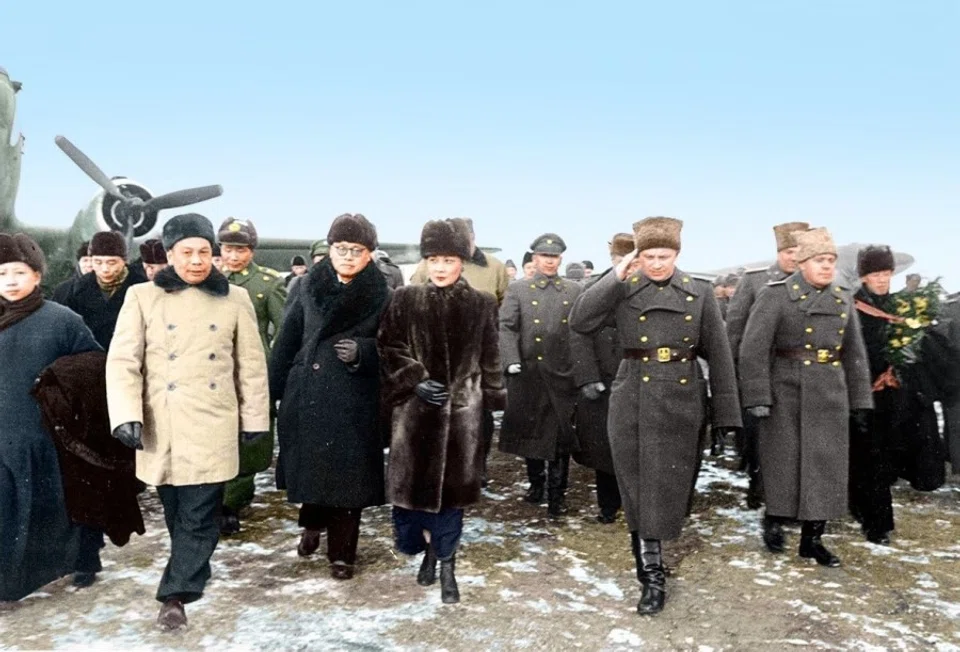

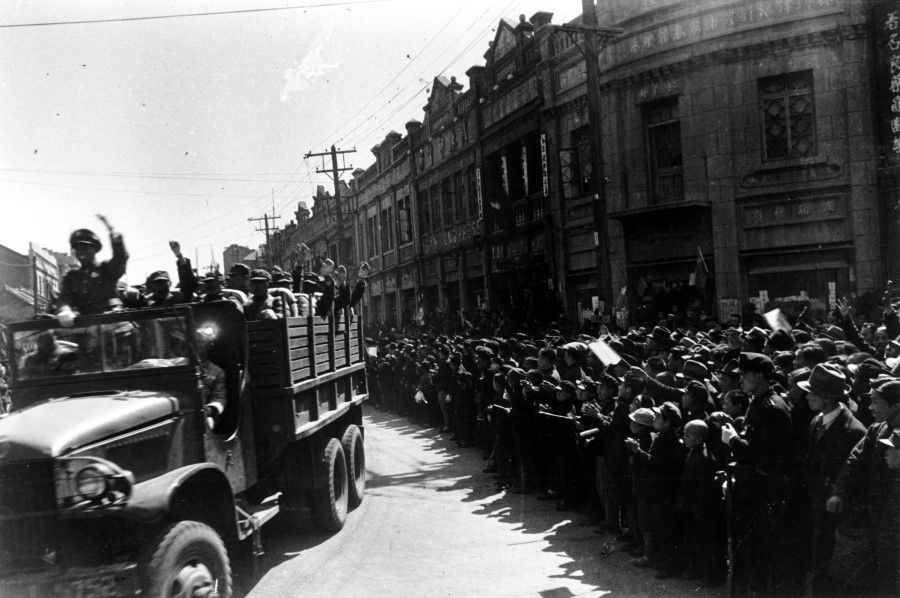
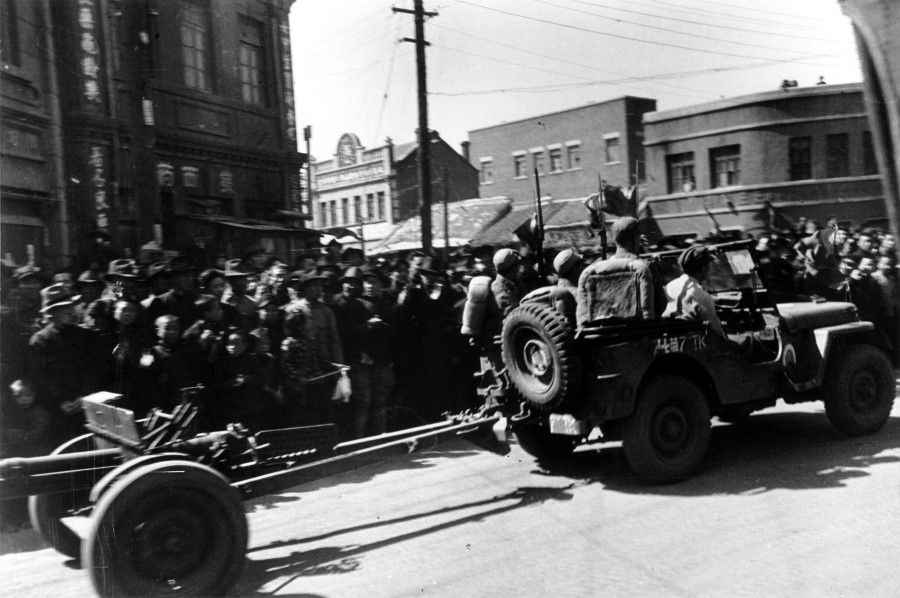
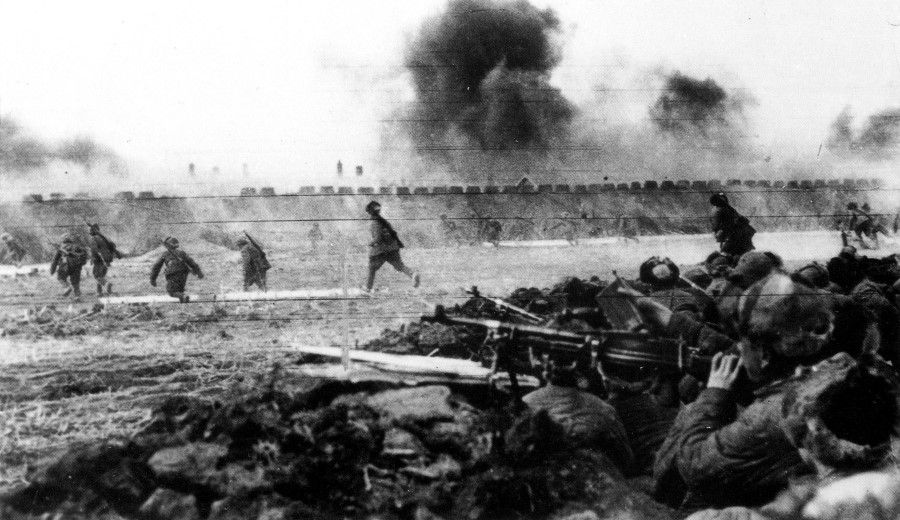
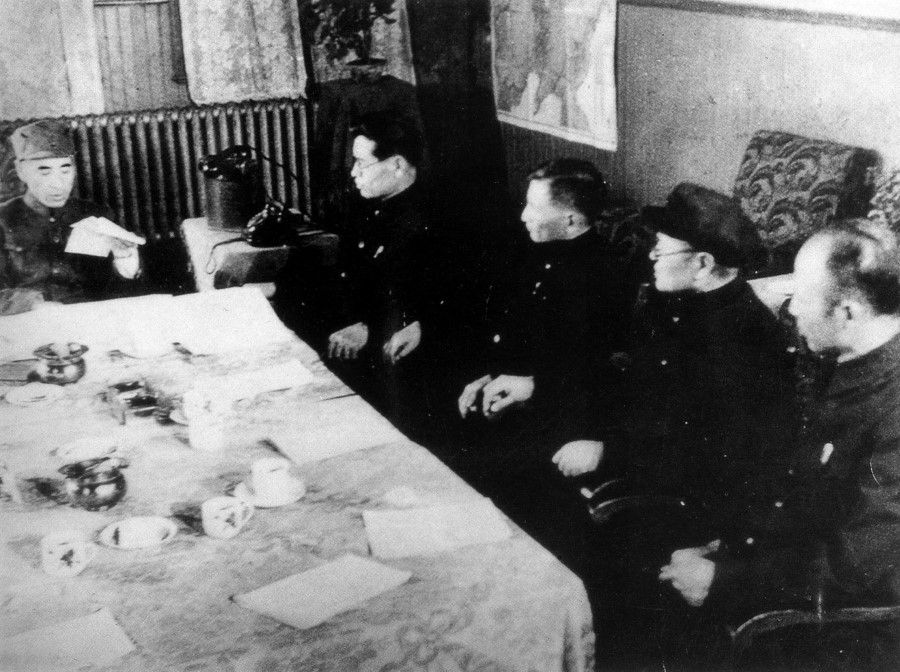
Before Japan surrendered, the Red Army entered Manchuria and gave the weapons of the Japanese Kwantung Army to the CCP, boosting the CCP's military strength overnight, which had a key impact on the internal fighting between the Kuomintang and CPC.
On 1 October 1949, when the People's Republic of China was established, Soviet photographers took many photos; these valuable images were only released in recent years, reflecting the chapter in history where the communist parties of the Soviet Union and China were the closest. In late 1950, the CCP army joined the Korean War, and the Soviet Union provided weapons and equipment, as well as material supplies over the next few years, along with technical workers to help establish the New China.
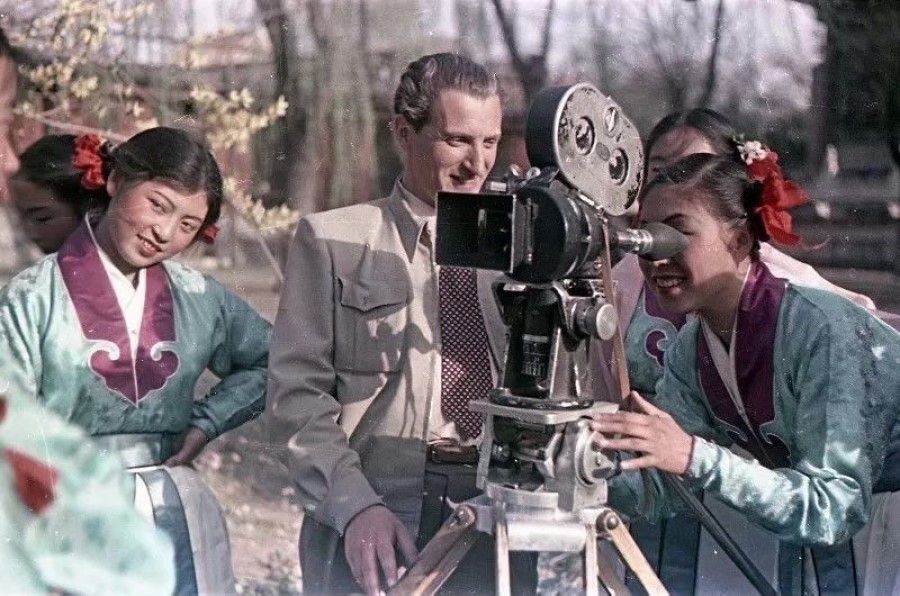


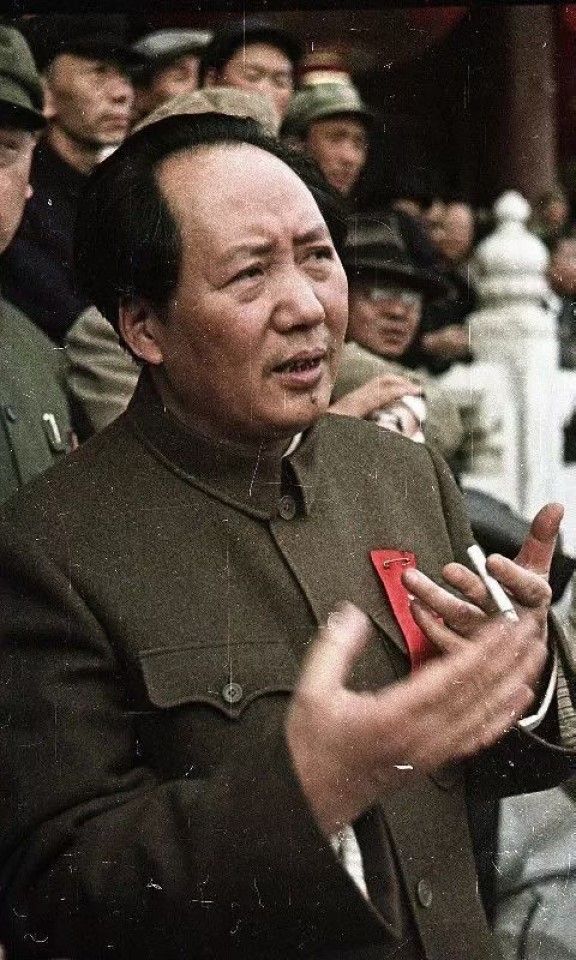


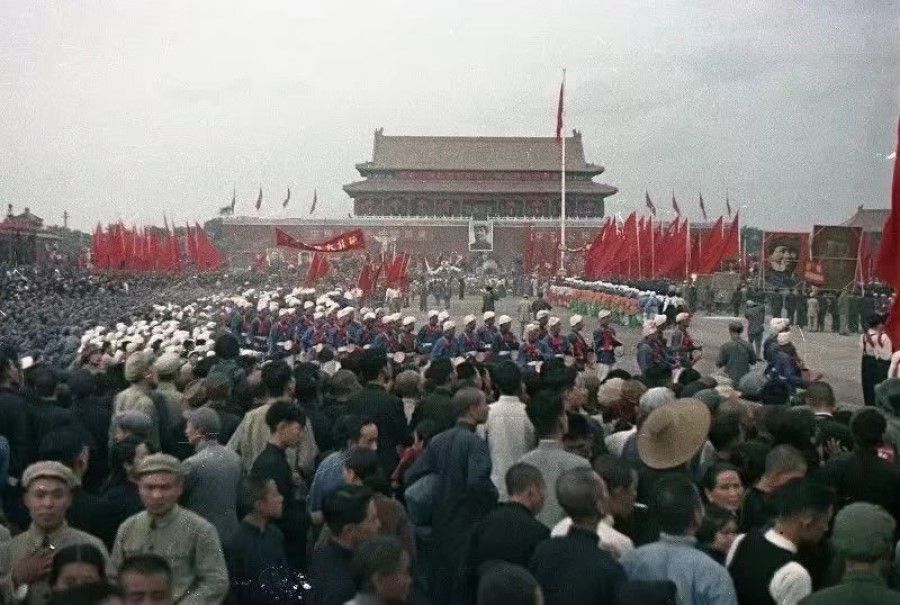





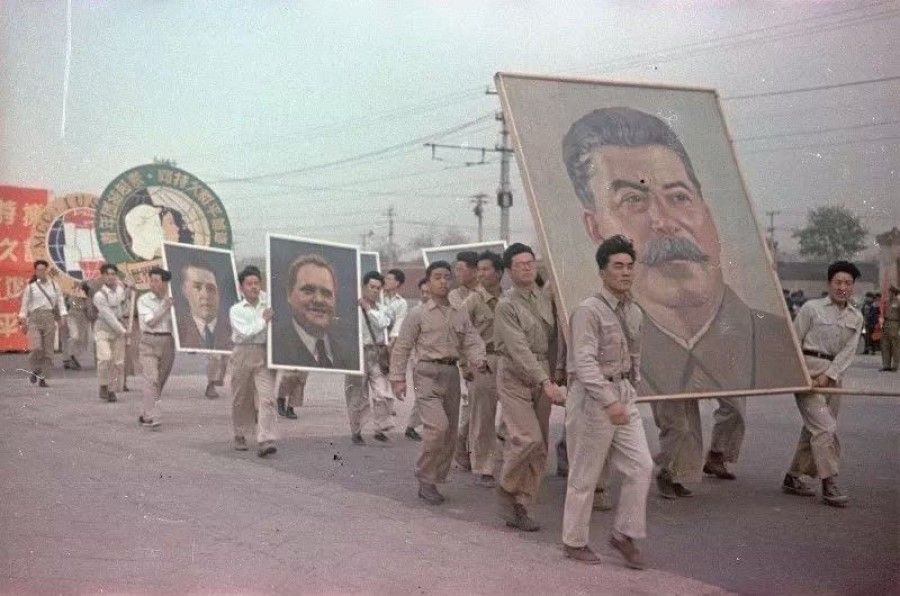
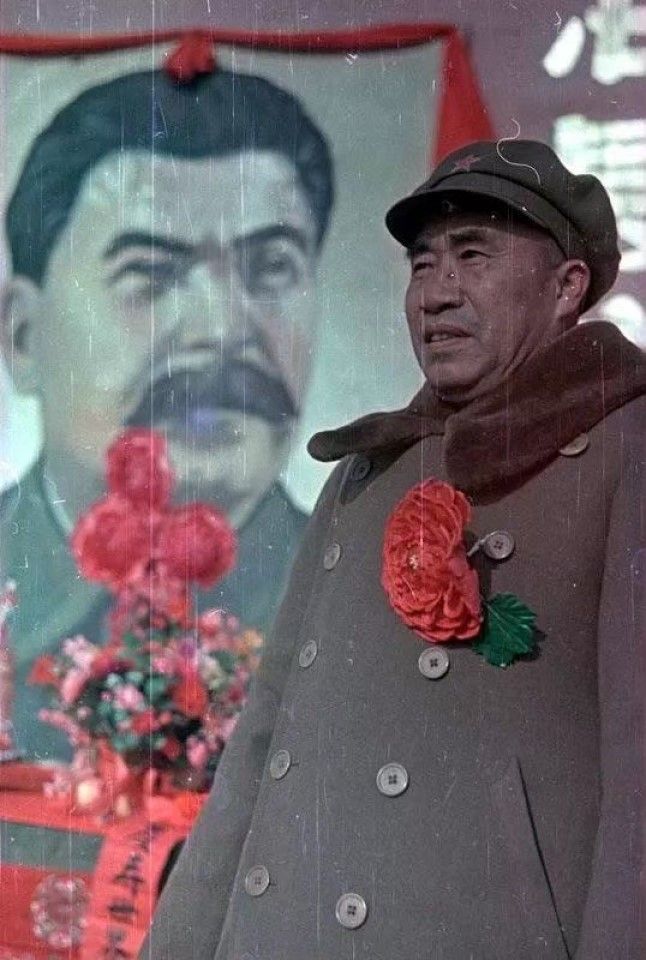
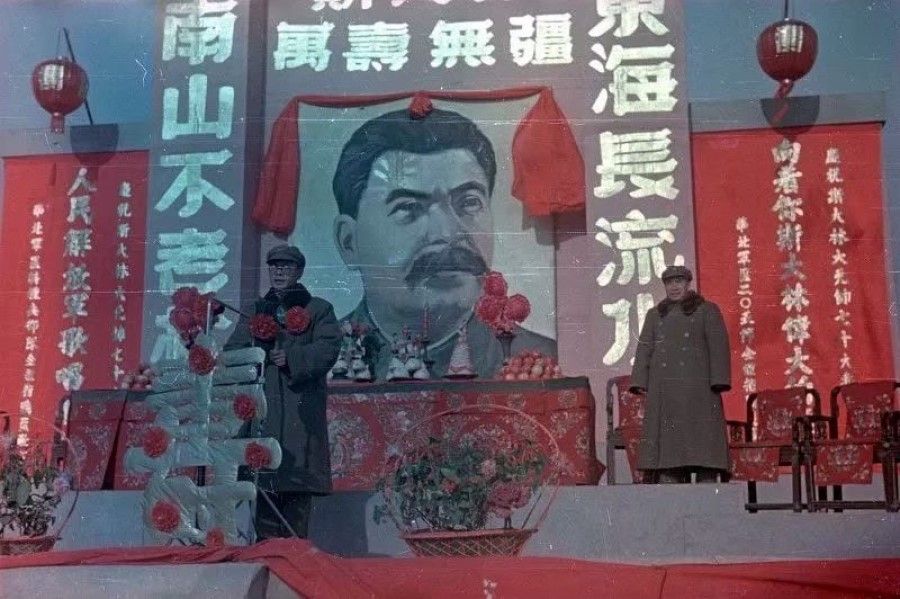
Frictions escalate
Despite this, there was gradual friction between both sides in terms of sovereignty and policy direction. Mao was impatient at the Soviet Union delaying the return of Lüshun and Dalian, and declined to have the other side controlling China's sea ports in the name of consolidating a fleet. Mao even asked Nikita Khrushchev to return Outer Mongolia to China and free it from Soviet control. In fact, what Mao was really unhappy about was that at the 20th Party Congress of the Soviet Union in 1956, Krushchev criticised Stalin's approach of personal worship, while correcting Stalin's far-left economic policies, advocating that socialism and capitalism were not mutually exclusive, as both could exist and compete in peace.
Krushchev's criticism of Mao's policies also became increasingly unrestrained. He said that Mao's people's communes and the Great Leap Forward were like the farm collectives that the Soviet Union had implemented 30 years earlier - the result was tragedy.
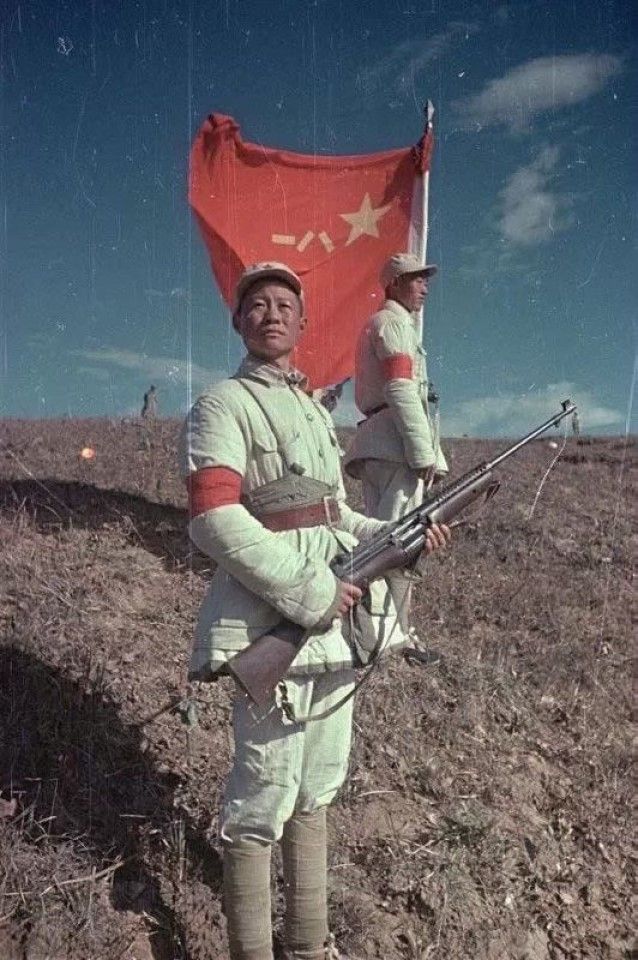

Such a view was called revisionism, and Mao was very much aware of this major shift in socialist ideology, because it would affect the legitimacy of the CPC's policies. For a long time, the CPC had publicly learned from the CPSU, and called the Soviet Union "big brother". Krushchev's revisionism led to the differences and friction between the CPSU and CPC being publicised. Krushchev's criticism of Mao's policies also became increasingly unrestrained. He said that Mao's people's communes and the Great Leap Forward were like the farm collectives that the Soviet Union had implemented 30 years earlier - the result was tragedy. In some sense, Krushchev was right: Mao's far-left economic policies led to the horrible famine of Stalin's time playing out again in China.

In 1959, on Krushchev's last visit to China, during several talks with Mao, both men argued. In 1963, the public arguments between the CPSU and CPC propaganda machines on the philosophy and tenets of socialism brought the conflict out in the open.
And when Mao started the Cultural Revolution in 1966, he called for a Third World revolution and tried to be the leader of global communism, which the Soviet Union objected to and criticised. Chinese students in Moscow quietly organised students from Asia, Africa and Latin America and started anti-US demonstrations. This was publicly making the Soviet authorities look bad, and was harshly suppressed by the Soviet military police. The Chinese students were beaten up and expelled from the Soviet Union; they got home to a hero's reception by the Chinese leadership.
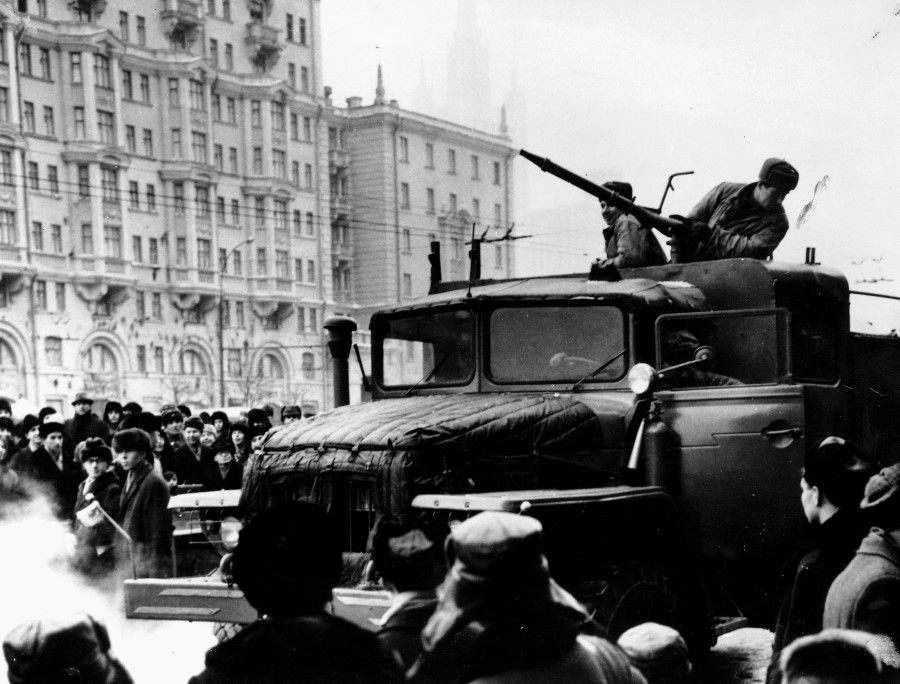
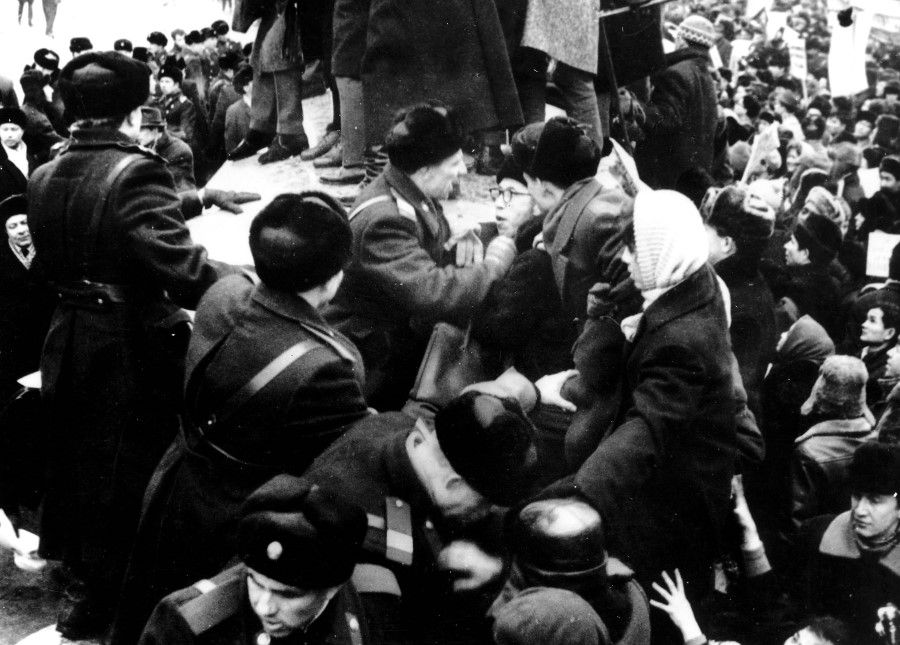

US and China working together against the Soviet threat
The China-Soviet diplomatic conflict quickly escalated into military friction. In 1969, military conflict broke out on Zhenbao/Damansky Island in the Heilongjiang region, shocking the international community. Both sides deployed large numbers of troops on the border, and the risk of all-out war seemed imminent.
This military conflict gave the US room to make new alliances in international politics - not only did it consider the Soviet Union its number one imagined enemy, but it was enmeshed in the quagmire of the Vietnam War. This led to US President Richard Nixon visiting China in 1972, ending the adversarial relationship between the US and China which went back to the Korean War. Thus began a new policy of working together to resist the Soviet threat.
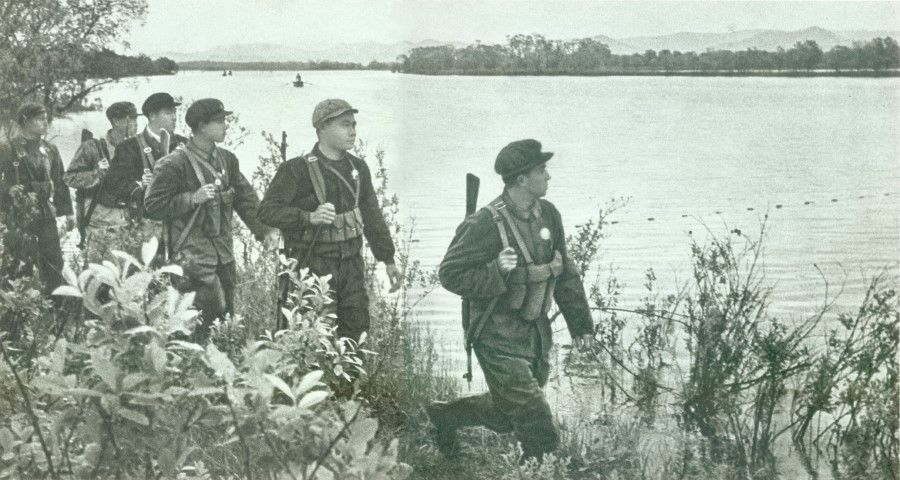
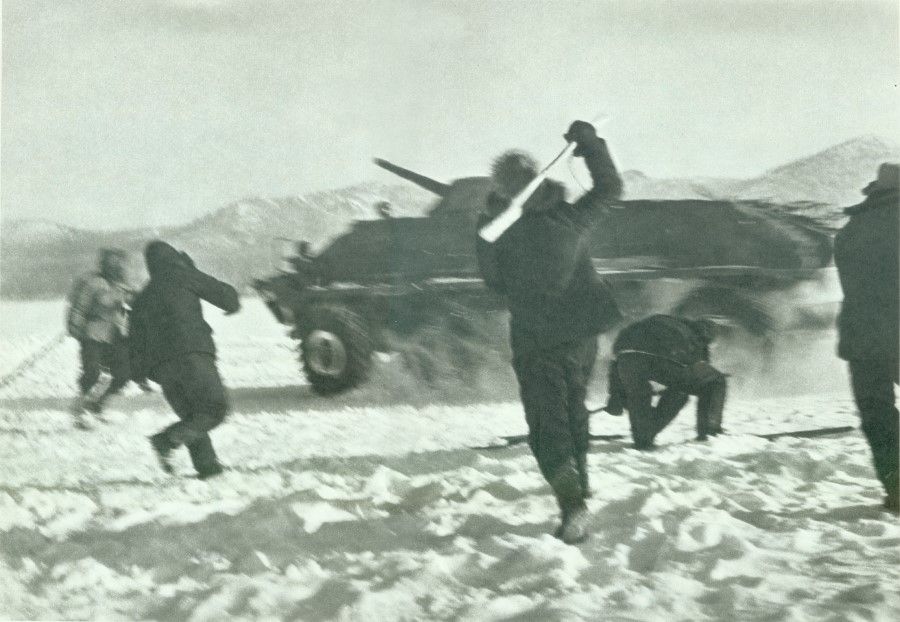



In the decade or so after this, China and the Soviet Union each embarked on their own political reform. The state-owned economy led to a lack of supplies and put people in a plight. The communist party could not fulfil their promise of a good life for people, leading to a general crisis of confidence. So, it was necessary to inject the positive productivity of capitalism into socialism, so that there was room for China and the Soviet Union to make peace in terms of ideology.
However, a series of seismic changes from the Tiananmen incident of 1989 and the major changes in eastern Europe at the end of that year, to the dissolution of the Soviet Union in 1991, meant the death of communist ideology.
Deng Xiaoping and Mikhail Gorbachev implemented bold reforms, with the latter even bringing reform deep into politics and implementing bottom-up direct elections. China's intellectuals admired this energetic reform, and the CCP once seriously thought about whether China should also get in step with reform.
However, a series of seismic changes from the Tiananmen incident of 1989 and the major changes in eastern Europe at the end of that year, to the dissolution of the Soviet Union in 1991, meant the death of communist ideology. The CCP's reform efforts took a hit, and even faced a crisis of legitimacy. After about three years of stop-start efforts, Deng restarted the policy of reform and opening up while maintaining conservative politics and opening up the economy.

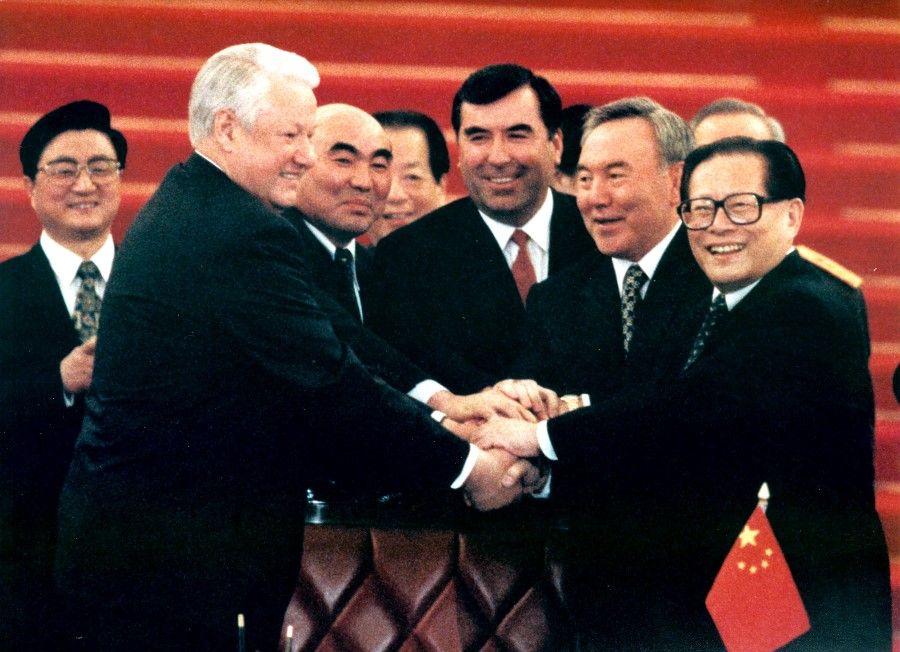
Working together under US pressure
China then moved into an era of rapid growth, becoming the world's second largest economy within about 30 years. As for China-Russia relations, the dissolution of the Soviet Union led to the US dominating the world and intending to keep it that way, suppressing new challengers. In the face of US pressure, China and Russia found room for mutual cooperation. In 2001, China, Russia and six other central Asian countries established the Shanghai Cooperation Organisation (SCO), with the aim of having a major international organisation outside of Western influence.
...they have not forgotten Outer Mongolia, southern Siberia, Vladivostok and Sakhalin, which all used to be Chinese territory.
China went on to establish the Asian Infrastructure Investment Bank (AIIB) and Belt and Road Initiative (BRI), as well as regional economic cooperation groups where it took the lead, to use its gradually growing economic strength to counter US dominance and create a more equal world. From a historical perspective, this is nothing new, because historically, from the Han to the Tang and Yuan dynasties, China had close economic exchanges with Russia and central Asia. As for China's position as Asia's political, military and economic centre, that goes back some 2,000 years.
In short, despite the long historical relationship between China and Russia, today's "no limit" relationship is mainly because they both face enormous pressure from the US, which is the biggest motivation for close cooperation. The Chinese people have not forgotten the humiliation of being invaded and ceding land to Russia; they have not forgotten Outer Mongolia, southern Siberia, Vladivostok and Sakhalin, which all used to be Chinese territory.
Over the past century and a half, for the first time China became stronger than Russia. Given the unforgettable historical humiliation, if the US changes its strategy of containing China or China becomes stronger than the US, the current closeness in China-Russia-US relations will not be sustained.
Related: Fifty years after Nixon's visit, is China tilting back towards Russia? | The importance of Russia in China's foreign relations | Will China's military exercises with SCO countries and Russia help it build a regional security order? | [Picture story] The Boxer Rebellion: A wound in China's modern history | What China can learn from the missteps of Mikhail Gorbachev
